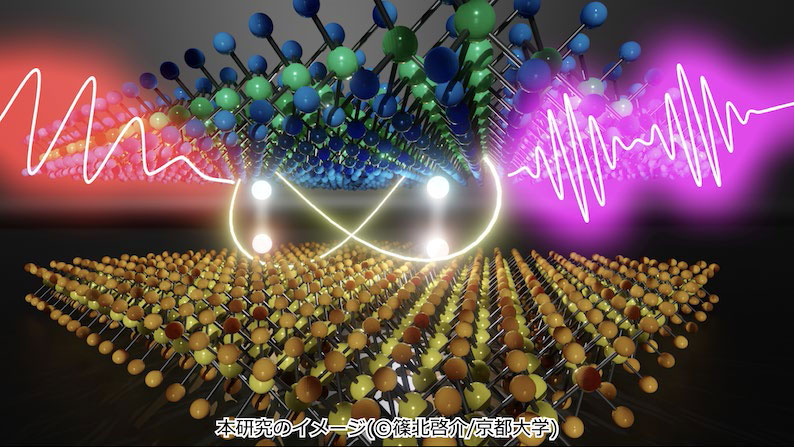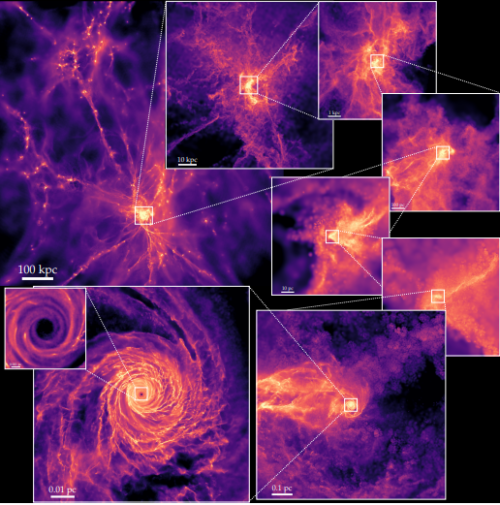2024-07-02 スウォンジー大学
<関連情報>
- https://www.swansea.ac.uk/press-office/news-events/news/2024/07/moving-beyond-the-80-year-old-solar-cell-equation.php
- https://journals.aps.org/prxenergy/abstract/10.1103/PRXEnergy.3.023008
二分子再結合が制限するサンドイッチ型薄膜太陽電池のダイオード方程式 Diode Equation for Sandwich-Type Thin-Film Photovoltaic Devices Limited by Bimolecular Recombination
Oskar J. Sandberg and Ardalan Armin
PRX Energy Published 21 June 2024
DOI:https://doi.org/10.1103/PRXEnergy.3.023008
ABSTRACT
Analytical diode models that relate the current to key material parameters are invaluable for understanding the device physics in photovoltaic (PV) devices. However, a diode model that accurately describes the current in thin-film PVs based on low-mobility semiconductors (including organic solar cells) limited by bimolecular recombination has been lacking. Previous models neglect effects of injected charge carriers, which are the predominant source for bimolecular recombination in thin-film PV systems with Ohmic contacts. In this work, we derive a unified diode equation for thin-film PVs based on undoped semiconductors limited by bimolecular recombination. Based on a regional approximation approach, we derive an analytical model for the current accounting for the interplay between charge-carrier extraction, injection, and bimolecular recombination. The analytical model is validated by numerical simulations and tested experimentally on organic solar cells. Our findings provide key insights into the mechanisms driving and limiting charge collection, and ultimately the power-conversion efficiency, in low-mobility PV devices. The presented framework is material agnostic and generally applicable to sandwich-type thin-film PV devices, including photodiodes and indoor light-harvesting cells.



